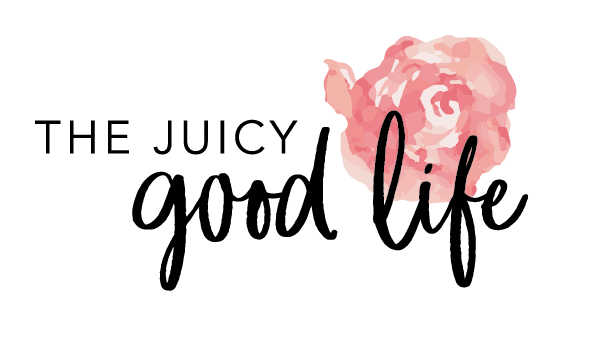Morale Magic
Wins in the Workplace
By Sarah Stokes
I work with CEOs and COOs every day. I know, that like you, they are often in a pressure cooker of tight budgets, staffing shortages, and growing payroll costs. It never ends, and sometimes it’s just not fun. You’re probably moving mountains and no one notices because they have their own challenges piling up on their desks.
So what if you finished this article and had a seriously simple tool that could turn the tide during your leadership and staff meetings?
And just like a line from your favorite late-night infomercial…
But wait! There’s more!
The best part?
It’s free.
We didn’t invent this, but we use it and we always recommend it.
It’s called the “win jar.”
What the heck is that?
It’s the missing link to your morale. For real.
The win jar is based on an idea from the book, “How Full is Your Bucket,” by Tom Rath. The whole idea is to celebrate the great things (or even the mildly good things) your people are doing in your organization. A statistic from the book that just made my jaw drop, was that according to Gallup, 65% of Americans got no recognition in the workplace during the last year. You can’t be serious! A simple, “Job well done, Cheryl, you were so caring with that family today,” is free! Free! Yet employers and managers are not doing it.
When I present this stat at Human Resources conferences and to leadership teams in big organizations, they are not surprised at the statistic at all. They validate that gratitude and congratulations for the good stuff going on inside the walls of Amercia’s workplaces just isn’t happening much.
The great news? Many leaders are ready to boost morale. The first CEO I presented the idea of free celebrations for his team was aware of the missing celebration problem and trusted me to implement some positivity. Another win jar was born.
A win jar is simple. You just need a container, paper, pens, and appreciation. You could start one today.
For five years, we’ve read our “wins” from our win jar at the end of every Monday morning staff meeting. Our win jar is a pretty, larger vase-type container that sits on our conference table. We walk by it every day and we encourage each other to fill it. We fill it with simple things and we also put in obvious, huge wins.
I’m guessing you could use it, too.
Here are some real examples of wins:
· Kristina did a great job on the TV interview.
· Amber made a beautiful pamphlet!
· Sarah changed the toner in the printer for Michelle.
· Chris landed a new contract!
· We got a nice thank you note from our vendor (then read the specific note out loud).
· Thank you, Linda, for bringing in flowers for the front desk this week!
It’s not difficult, but it requires some leadership. As the CEO or owner, it’s up to you to make sure there’s buy in. You need to write the most wins for a while and be specific. According to, “How Full is Your Bucket,” praise needs to be specific for that person. Try adding why you appreciate Linda’s kindness with the flowers. Tell her it really brightened the space and made a great impression for the families visiting that week.
Eventually, you’ll feel the difference, and you may start to get recognized as well. It may take a while for your staff to write a win down for you. If your morale has been low for a while, they may be a shade suspicious of your new endeavor, so be genuine.
End each staff or leadership meeting with the win jar. Every time. You will see a shift in mood! I watched people, who typically left a particular meeting in a rush, stick around and smile, chat, and laugh with their colleagues. They had something good to talk about! The difference was felt and witnessed on the first day they did the win jar exercise. Now, it’s a routine and it helps share the great news of the organization.
When an organization shares its great news, that can shift a culture. A positive culture is paramount to avoiding turnover. You attract better staff and you keep better staff. Happy staff members take better care of customers. Customers who get great care tell their networks. Their networks tell their networks. More people choose your organization. You have more success. You and your leaders like coming to work more than you did before.
Now, where’s that jar?
I can’t wait to hear about your wins.


